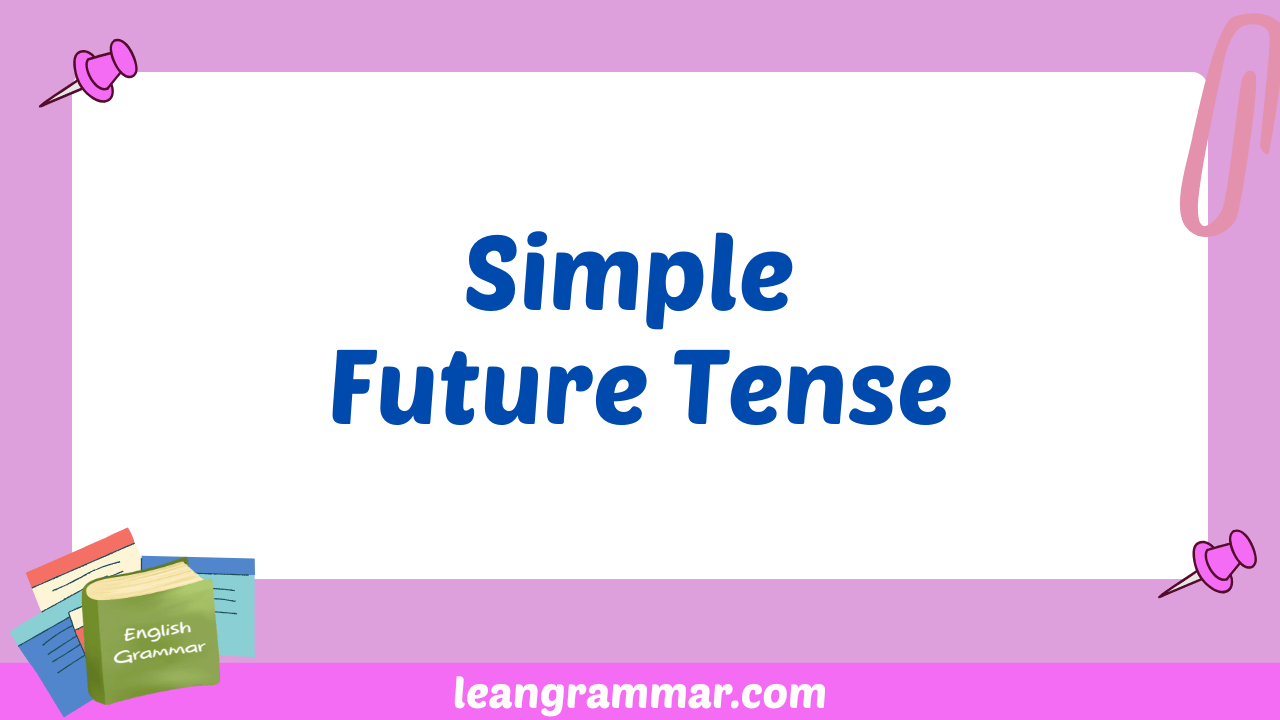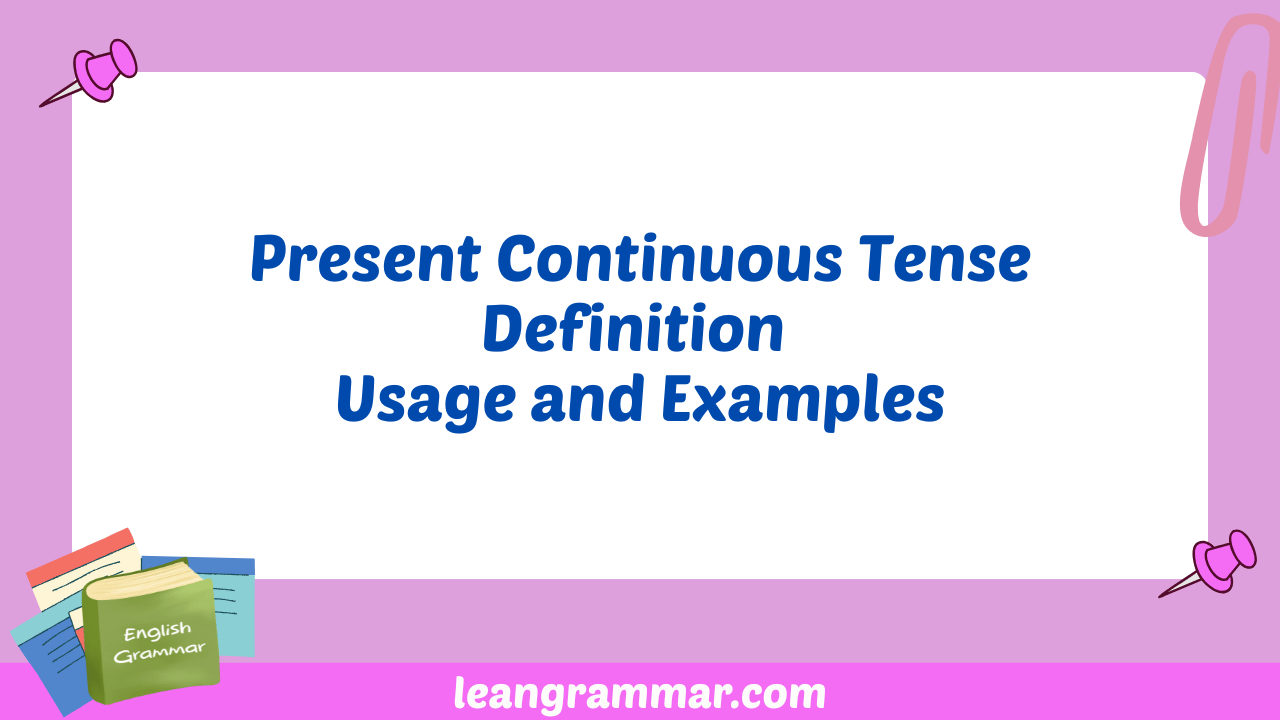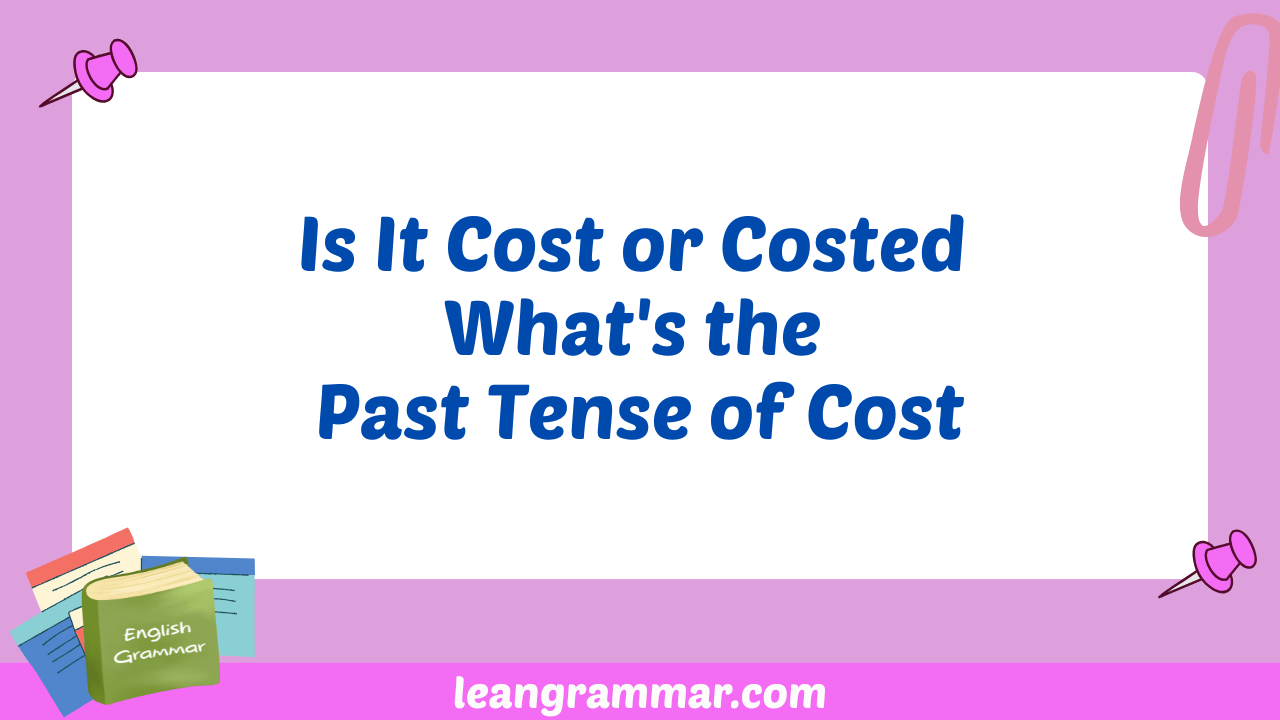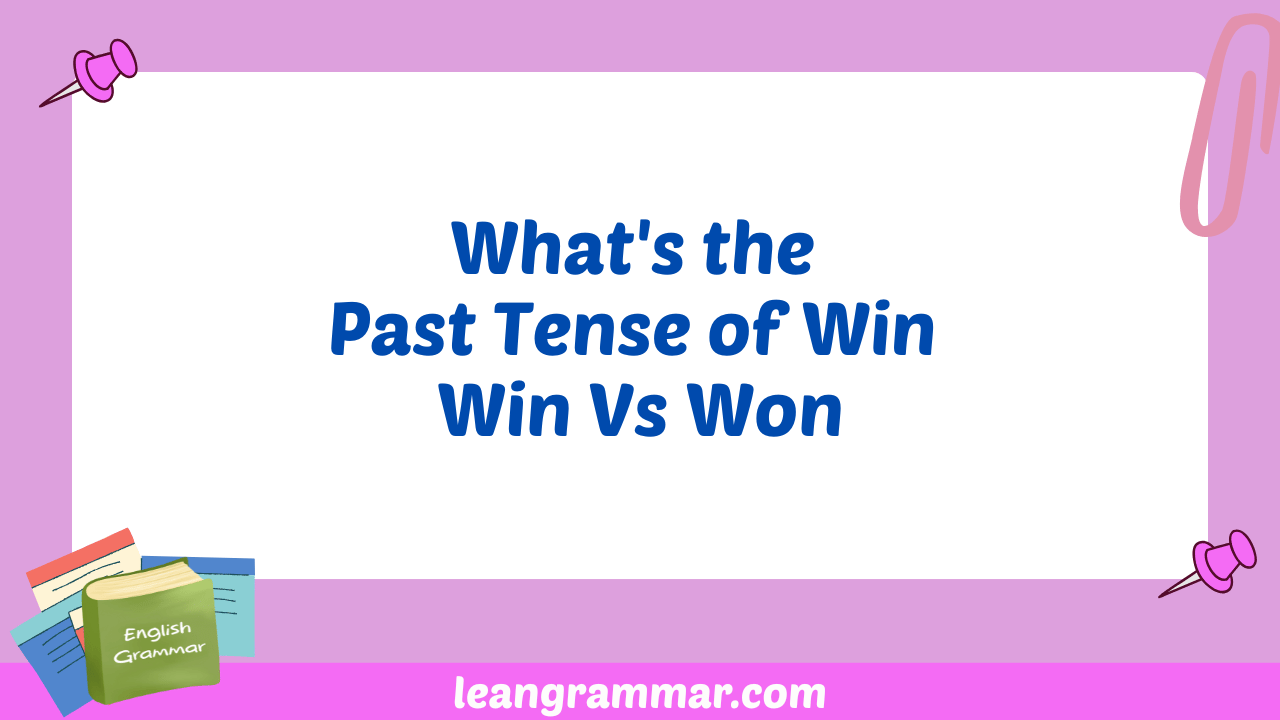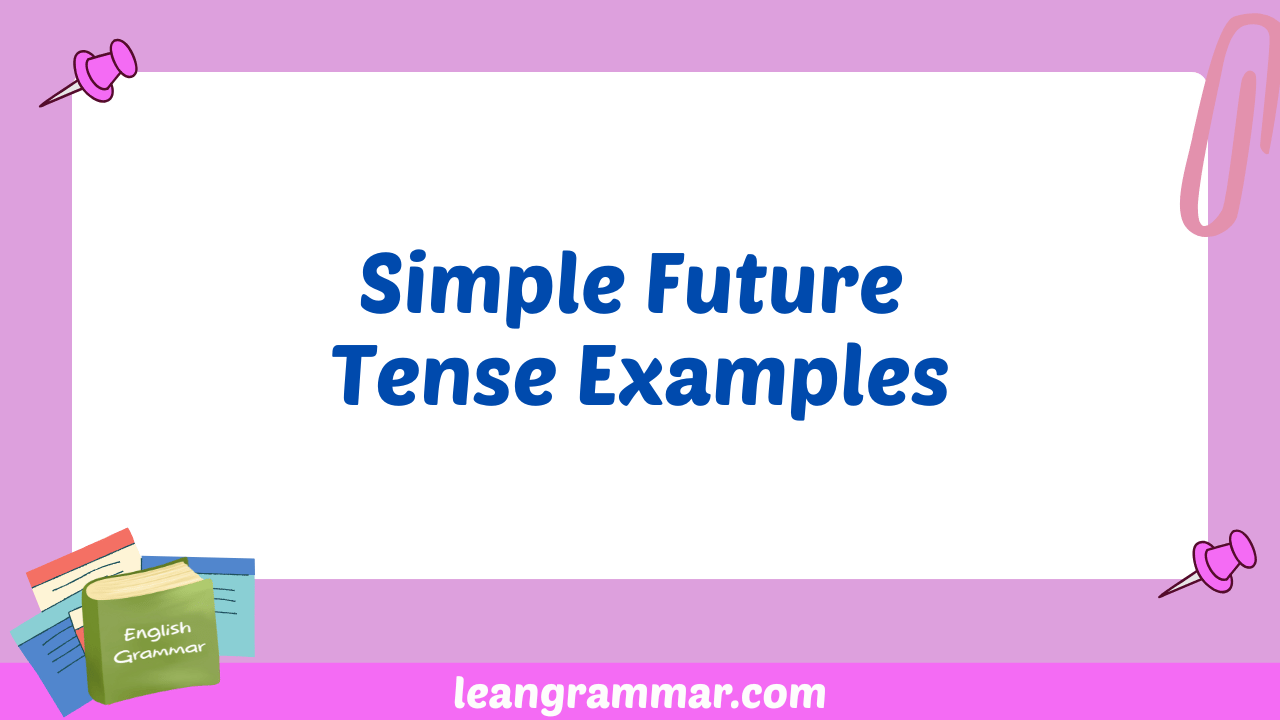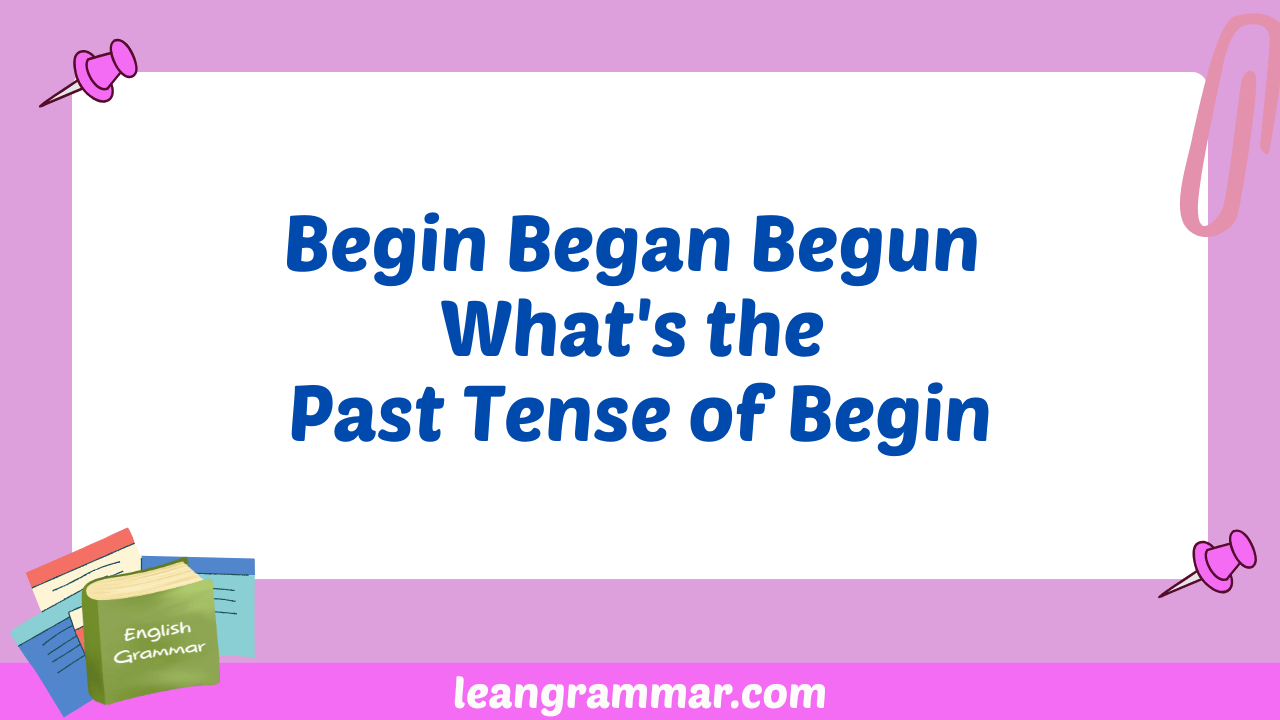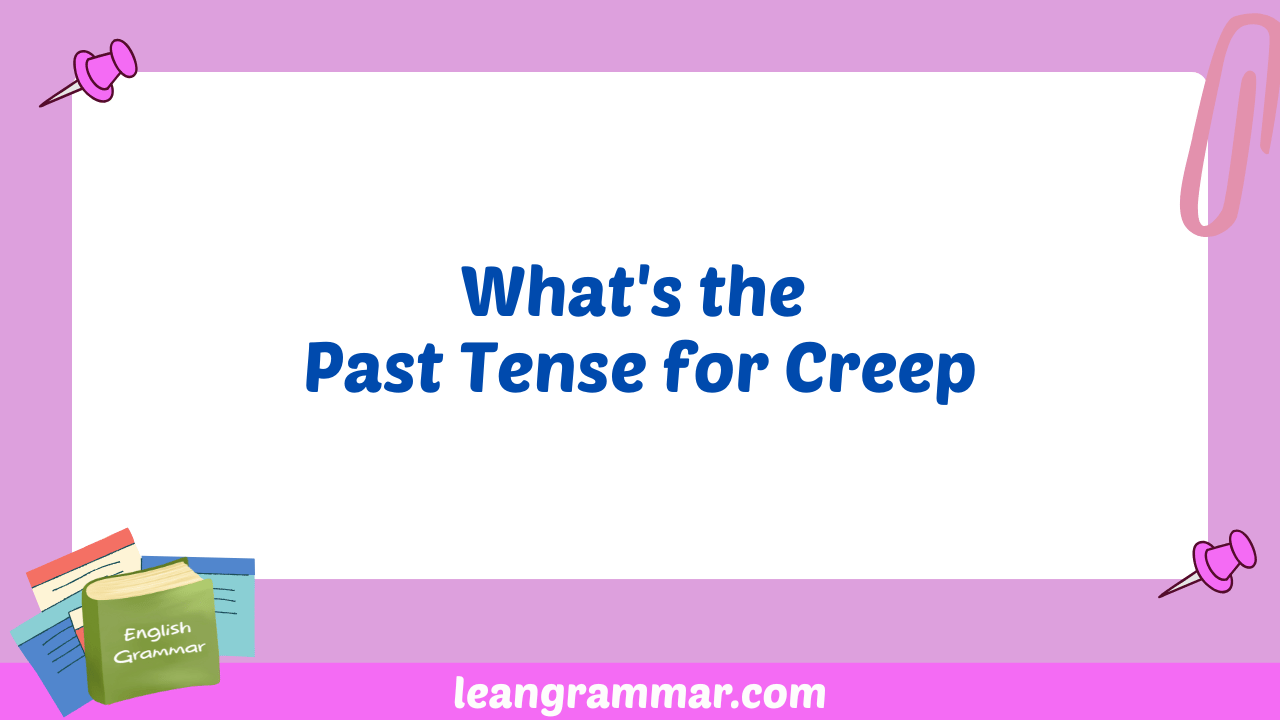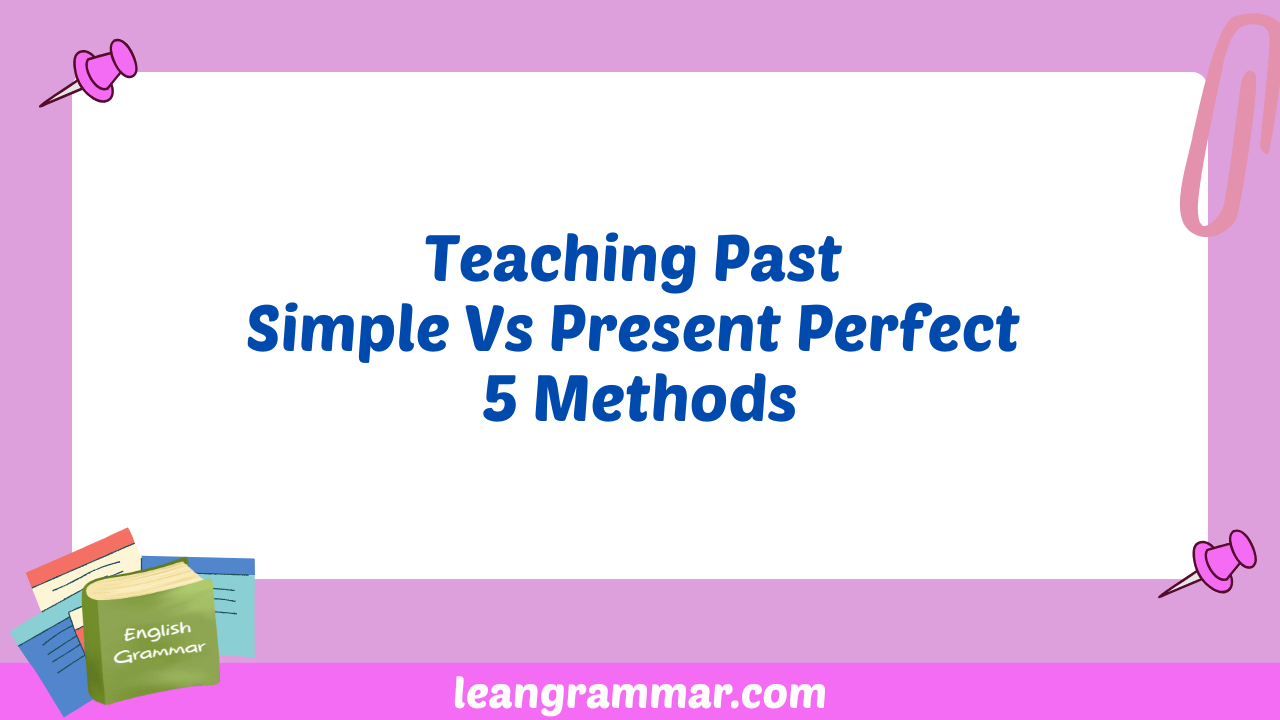Mastering Simple Future Tense: A Comprehensive Guide
The simple future tense is a fundamental aspect of English grammar, allowing us to express actions or events that will occur in the future. Understanding and using it correctly is crucial for clear communication, whether you’re making plans, predictions, or promises. This comprehensive guide is designed for English learners of all levels, from beginners to … Read more
